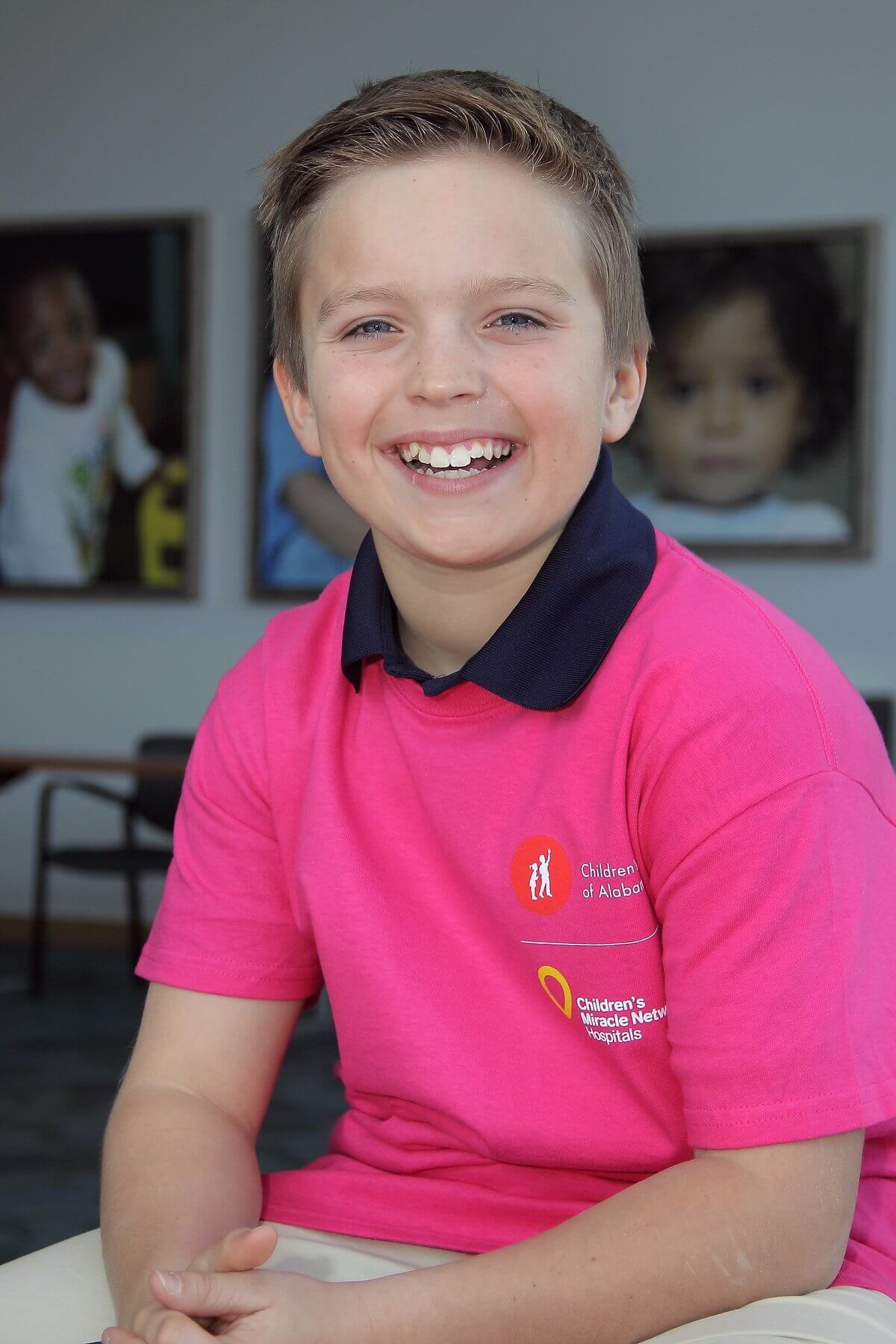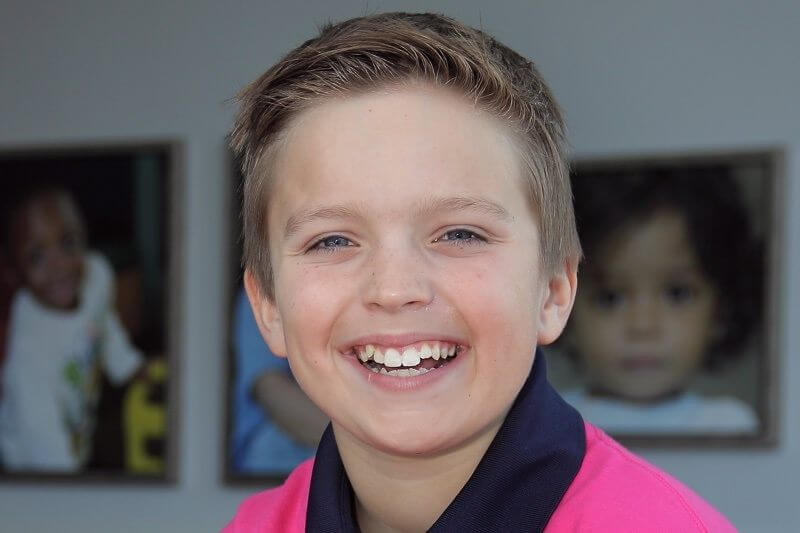For the Butler family, life changed in a moment. Eight-year-old Brayden was training in hopes of reaching the amateur national motocross championship. He needed just one more race to clinch a second-place finish in the Alabama State Championship Series. “We were at the track for a practice day,” explains his mother, Christie. “It wasn’t a big deal. He was working on a jump he had done before.”
Brayden’s father, Sean, was on the track watching, and Christie had left the event for just a little while. But it was just a few minutes after she left that she got the phone call. “I hadn’t been gone 15 minutes,” Christie shares. “I answered the phone, and they said I needed to get back to the track immediately.”

While practicing a jump, Brayden fell, and due to a lack of oxygen, he began to posture and have seizures. Emergency technicians stabilized him and quickly put him in a helicopter for a 45-minute flight to Children’s of Alabama. At Children’s, the Butlers learned Brayden had a lesion on his brain with a hemorrhage. The cluster of vessels in the right hemisphere had ruptured, and it wasn’t a typical brain bleed.
“Dr. [Jeffrey] Blount, his pediatric neurosurgeon, explained that he had a less-than-1-percent-type of brain bleed that was actually located inside the brain,” Christie says. “Most bleeds would be between the skull and the brain.”
Because the bleed was located in the right hemisphere, it severely impacted the left side of Brayden’s body. He had to learn how to walk again and to use his left side, so doctors had Brayden participate in inpatient speech therapy, physical therapy and occupational therapy. Doctors said he may have to leave the hospital in a wheelchair, but Brayden was determined to walk out of the hospital, which he did with the assistance of a cane.
“The inpatient therapy treatment Brayden received at Children’s was a huge part of his recovery,” Christie shares. “They worked with him multiple times a day. Without the Children’s rehab team and Dr. Paola Mendoza, I don’t think we would have had the same experience with his recovery.”
Brayden continued therapy after he was discharged, going to outpatient occupational and physical therapies two times a week at Children’s. “Every time we saw the doctors, they said things like ‘his improvement is radical’ and he’s ‘always ahead of the curve,’” Christie says. “He was making big strides.”
While he still doesn’t have the same use of his left arm and leg as he did pre-accident, Brayden was released to play sports again after about six months of outpatient therapy. Now going on 11 years old, he’s back to being almost as active as ever, participating in sports like bicycling, soccer and gymnastics in his hometown of Chelsea, Alabama.
“He’s got such a positive attitude,” Christie says of her son’s trademark optimism — one of the many reasons Children’s of Alabama chose him as their “Champion Child” representative for Children’s Hospitals Week this March. “He doesn’t let his situation hold him back,” she adds. “And I know he wouldn’t be where he is without Children’s. They are incredible. They saved us. I truly believe that.”
**********
To shine a light on the importance of children’s hospitals and how donations to Children’s Miracle Network Hospitals (CMN Hospitals) help kids get the best care when they need it, Children’s of Alabama will be participating in the second annual Children’s Hospitals Week, scheduled for March 5-11, 2018. Children’s is one of 170-member CMN Hospitals in North America participating in the week-long initiative. CMN Hospitals raises funds and awareness for member hospitals, which provide 32 million treatments each year to kids across the United States and Canada. That’s 62 kids per minute!
This article is sponsored by Children’s of Alabama.



















